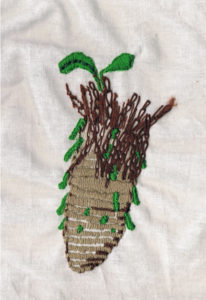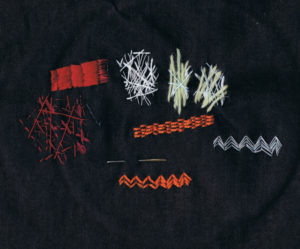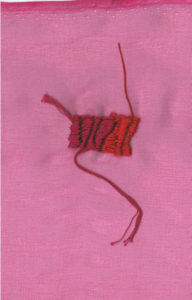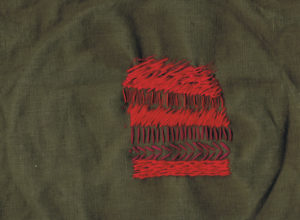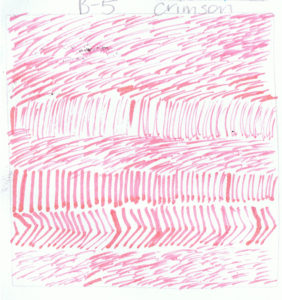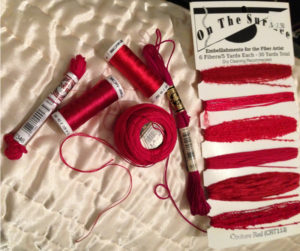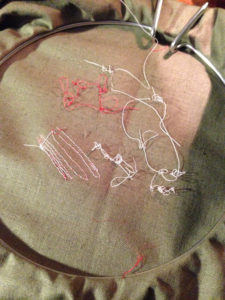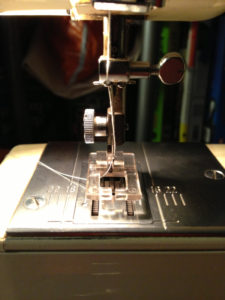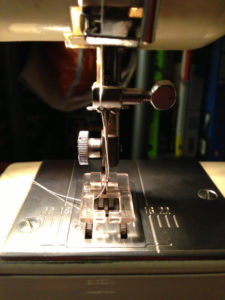A Creative Approach — Project 2 Developing your marks — Stage 4 — Preparing to create textures
In this exercise I had to look through some of my previous work and think about them in terms of textiles and creating textures. I looked at some of my sketches, but one stood out the most is the Agapanthus root from stage 3, exercise 2 — it’s the ugliest topic and drawing but I think it does show a lot of texture. It’s both rough and shiny, lumpy and distorted, it has hard and soft parts, and chaotic stringy parts.
Here’s the drawing and original photo:
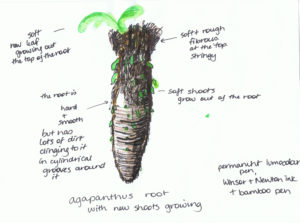
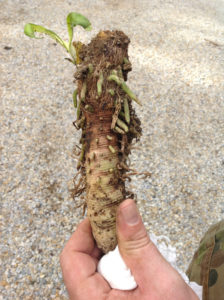
Whilst I started to embroider just a small part of the root, I was swept up by it and wanted to finish it so I embroidered the whole piece instead. I used a mixture of matte and shiny threads, thick and thin. Stitches included running stitch, back stitch, satin stitch, chain stitch, and a couple of crouched stitches. The colours closely match the original (well, as well as I could given the threads I have at home). I used a mixture of short and long stitch lengths and narrow and wider stitch widths to try capture some of the space & shape of the root. It doesn’t look exactly like the original though I think I have managed to capture some of the textures.
I’ve been reading through the book “Hoopla: The Art of Unexpected Embroidery” by Leanne Prain, and there’s a chapter called “A Brief and Incomplete History of Embroidery” which mentions,
“Early embroideries were stitched to tell religious and social histories, and they depicted scenes not only of peaceful domestic life, but also the horrors of conquest.”
Agapanthus plants are a pest in the Australian native bush — they are an introduced plant, and whilst they might be OK for paths and lining highways, they are not meant to be planted in bushland. J tries to remove them as much as possible — he’d pulled this one out of the garden and was showing me how the shoots sprout all over the main root. So, whilst this isn’t a war of invading peoples, it is a smaller scale war with the Agapanthus to try remove them all. Once they flower and the wind spreads their pods and flowers, they spread quickly. So this picture reminds me of the horrors of the Agapanthus conquest of the garden and J’s hard, great work in trying to lessen their damage to the Australian bush.
